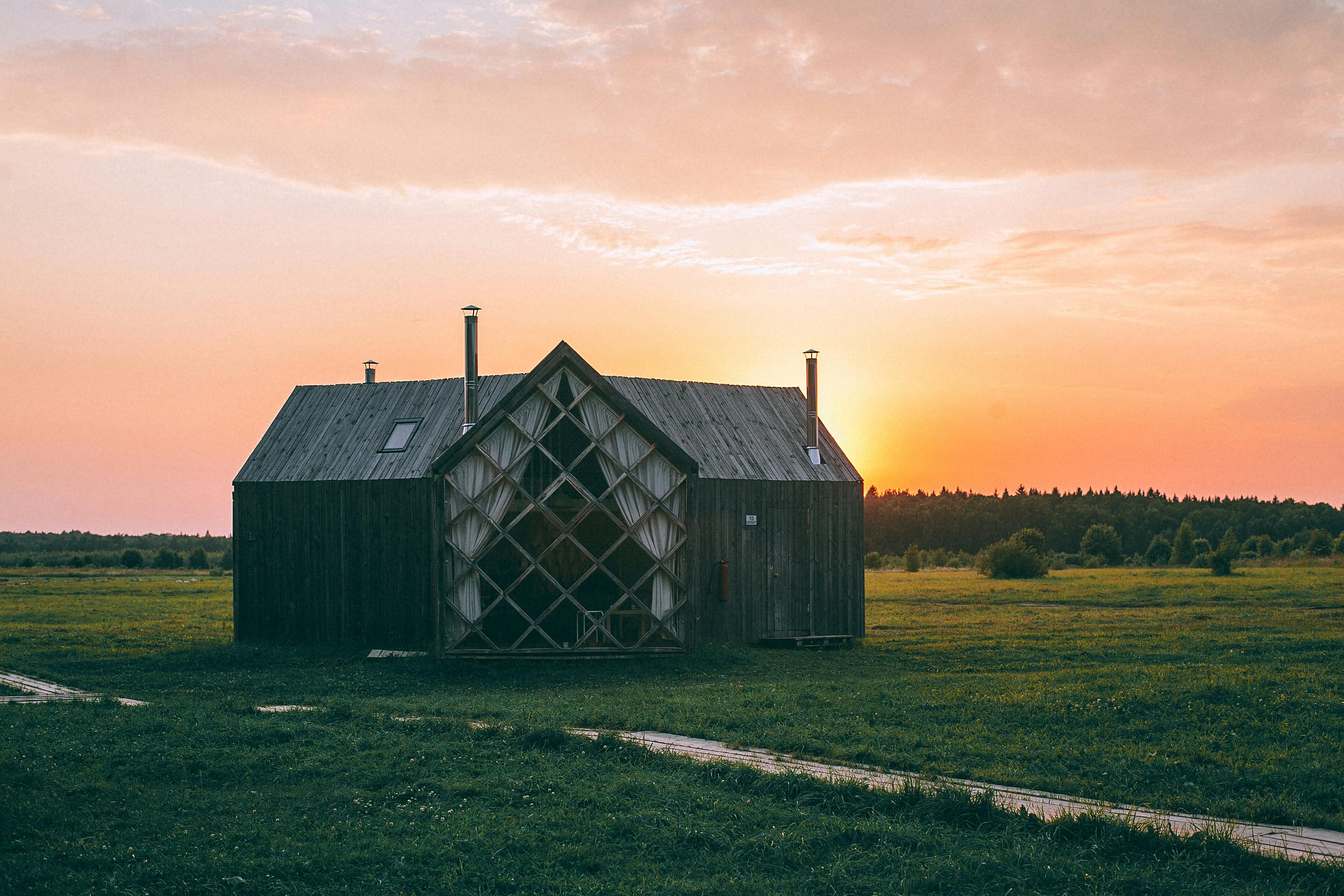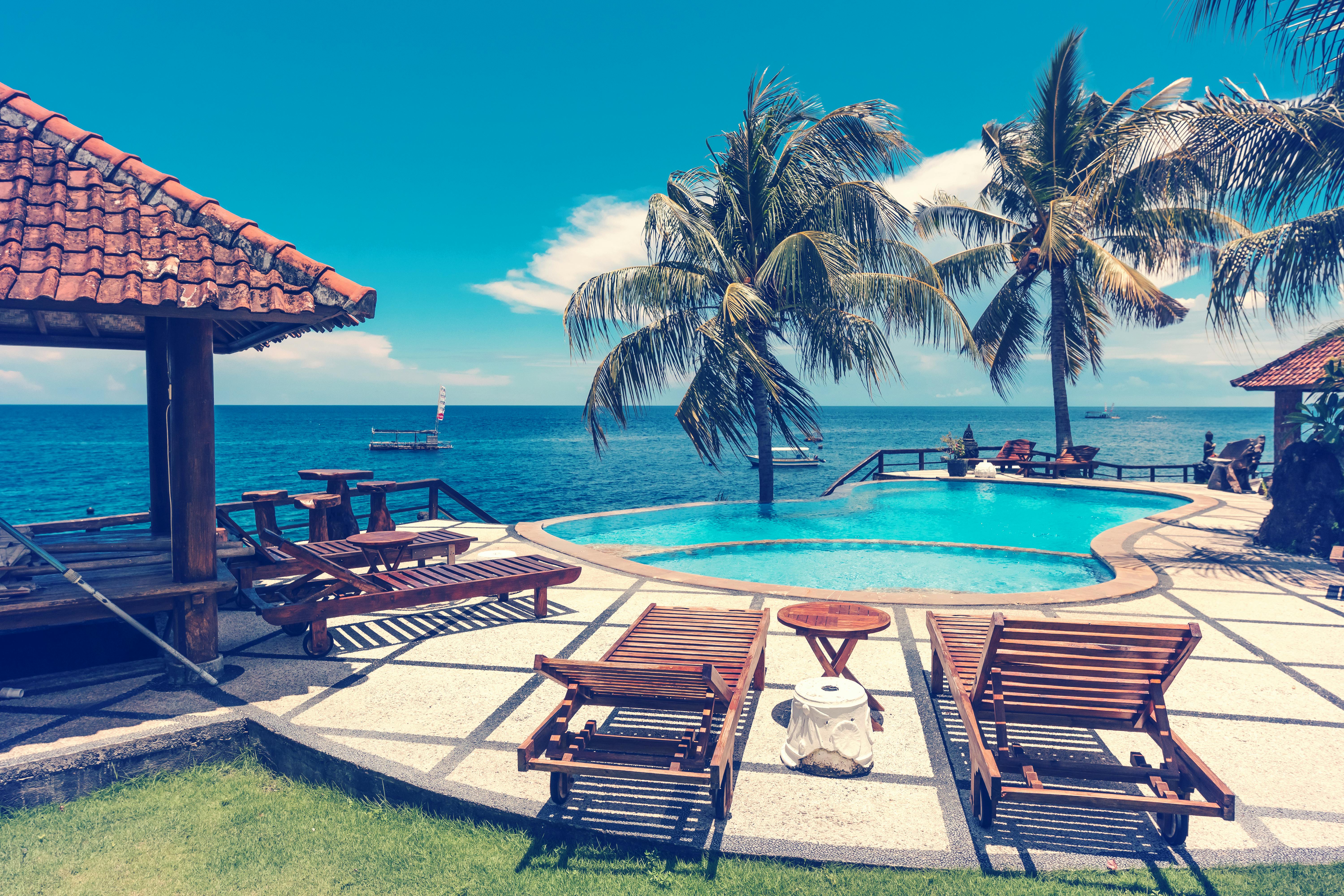Cody Wyoming is not only an ideal place to view the heritage of the Old Wild West, but it is also the gateway to some of the best scenic drives in the Northwest, as well as the gateway to the eastern entrance to Yellowstone National Park.
The Heart Mountain Interpretive Center, a world-class museum, shows through photographs, artifacts and oral histories what the United States federal government did to thousands of Japanese, many of whom were American citizens after the attack on Pearl. Harbor in 1941. With no evidence other than that they were influential in a community that looked like the enemy, these Japanese-Americans were detained in various parts of the country during the war. The center shows through the eyes of the Japanese what life was like in this detention center during the war. The Cody Mural and Museum, where the wall painting depicts the westward movement of Mormon pioneers through content and history and is rich in color. The museum displays historical artifacts and the construction of the Sidon Canal that made life possible in this dry environment. On the west side of town is Old Trail Town, where Buffalo Bill established Cody City’s first town site in 1895. Here are now 27 cabins dating from 1879 to 1901, including the “Hole in The Wall Cabin” built in 1883 where Butch Cassidy and other outlaws used as a hideout. Additionally, the museum has an extensive collection of horse-drawn vehicles, Wyoming border memorabilia, and Indian artifacts. The Museum of the Center of the West displays an extraordinary variety of objects, exhibits and artifacts that tell the history of the American West. From contemporary life to Native culture and traditions to rich stories about Buffalo Bill Cody’s history as a Western man and the time in which he lived. The firearms museum exhibits 7,000 firearms historically that tell the history of the West, the history of gun culture, and the history of the people who used them.
Buffalo Bill Scenic Byway winds through the Absaroka Mountains following the Shoshone River with beautiful views of the colorful cliff faces. As the road passes the Buffalo Bill Reservoir, it enters the Wapiti Valley, where the panoramic views are spectacular with lush fields of green grass and mountains as a backdrop on both sides.
A few miles north of Cody is the Chief Joseph Scenic Byway, which runs for 47 miles through the Shoshone National Forest through the Absaroka Mountains to Clarks Fork Valley and ends at Beartooth Byway. After the Battle of the Great Hole in 1877, Chief Joseph fled east along this route from Calvary to the USA to avoid being forced into a reservation.
The 68-mile Beartooth Byway runs through southwestern Montana and northeastern Wyoming and ends at the northeast entrance to Yellowstone National Park. The detour offers stunning views of the Absaroka and Beartooth Mountains with high open alpine plateaus, countless glacial lakes, waterfalls, and provides car traffic access to one of the most diverse ecosystems in the United States. Along the road are over a million acres of unspoiled wilderness with untouched alpine mountainous scenery and lush forest. The highway passes through one of the highest and most rugged areas in the lower 48 states and is the highest causeway in the Northern Rocky Mountains. In Montana, the highway peaks at 10,350 feet and Wyoming at 10,947 feet, the highest causeway in both states.
Covering over two million acres and the varied landscapes make Yellowstone a wonderland unto itself. 80% of the park is forest and 15% grassland and abundance of water, making it a perfect habitat for animals such as deer, elk, large herds of bison, elk, and the ever-so-powerful grizzle bear and black bears to flourish. More smalls. Not to mention all the little creatures and many species of birds, including bald eagles. Yellowstone is an excellent example of thousands of years of complex geological history, where geysers, hot springs, terraces, fumaroles, and clay pots remain active geological features. However, the park is not just about what is happening deep below the ground we walk on, the park is filled with breathtaking beauty.
In the heart of Yellowstone is Grand Loop Road, which resembles a large eight. Around the circular road you can find all the main sights within a short walk or drive from the main circuit, don’t worry, there are five entrances to the park that lead to the large circular road. Depending on the entrance you take, the tour can be up to 225 miles with the Grand Loop 170 miles from it. Plan two or three days to see what the park has to offer. The northeast entrance passes through the Lamar Valley, where large herds of bison graze along the river. Coming out of the valley, the road passes the Lamar River waterfall before joining the Yellowstone River where the road joins Grand Loop Road. Entering from the east, the highway winds through the Absaroka Mountains alongside the Shoshone River along the Buffalo Bill Scenic Drive to the entrance station about 55 miles west of Cody. The east entrance road cork makes its way through the mountains through Sylvan Pass at an elevation of 8,530 feet before slowly descending to the east shore of Yellowstone Lake, the highest elevated lake in North America at 7,733. feet. The road winds around the upper part of the lake before crossing the mouth of the Yellowstone River just before joining the Grand Loop Road.
We have all heard a lot about the Grand Canyon; however, the Grand Canyon of the Yellowstone is just as spectacular, but not as big. In fact, the length is only twenty miles, 1,000 feet deep, and 1,500 to 4,000 feet wide. The inspiring beauty of this canyon is where the Yellowstone River has carved dramatic colors and shapes into the canyon walls and where the upper falls plunge 109 feet and the lower falls plunge 308 feet. With 45 named falls and hundreds of unnamed falls, Yellowstone is the perfect place for the tranquil sound and beauty of water rushing over cliff faces and rocks. The beauty goes much further, like the grace and beauty of Mammoth Springs, where hot water laden mineral water rises to the surface sculpting colorful terraces or the path across the Golden Gate Bridge, the most challenging bridge ever built in Yellowstone. , originally built. in 1885, where 14,000 cubic yards of solid rock had to be ripped off the cliff and dragged by horses and carts. The view from the cork extraction of the bridge that works its way around the colorful cliff face is incredible. The tour of the mountains and valleys of Yellowstone is definitely full of surprises and the memories will last forever.


